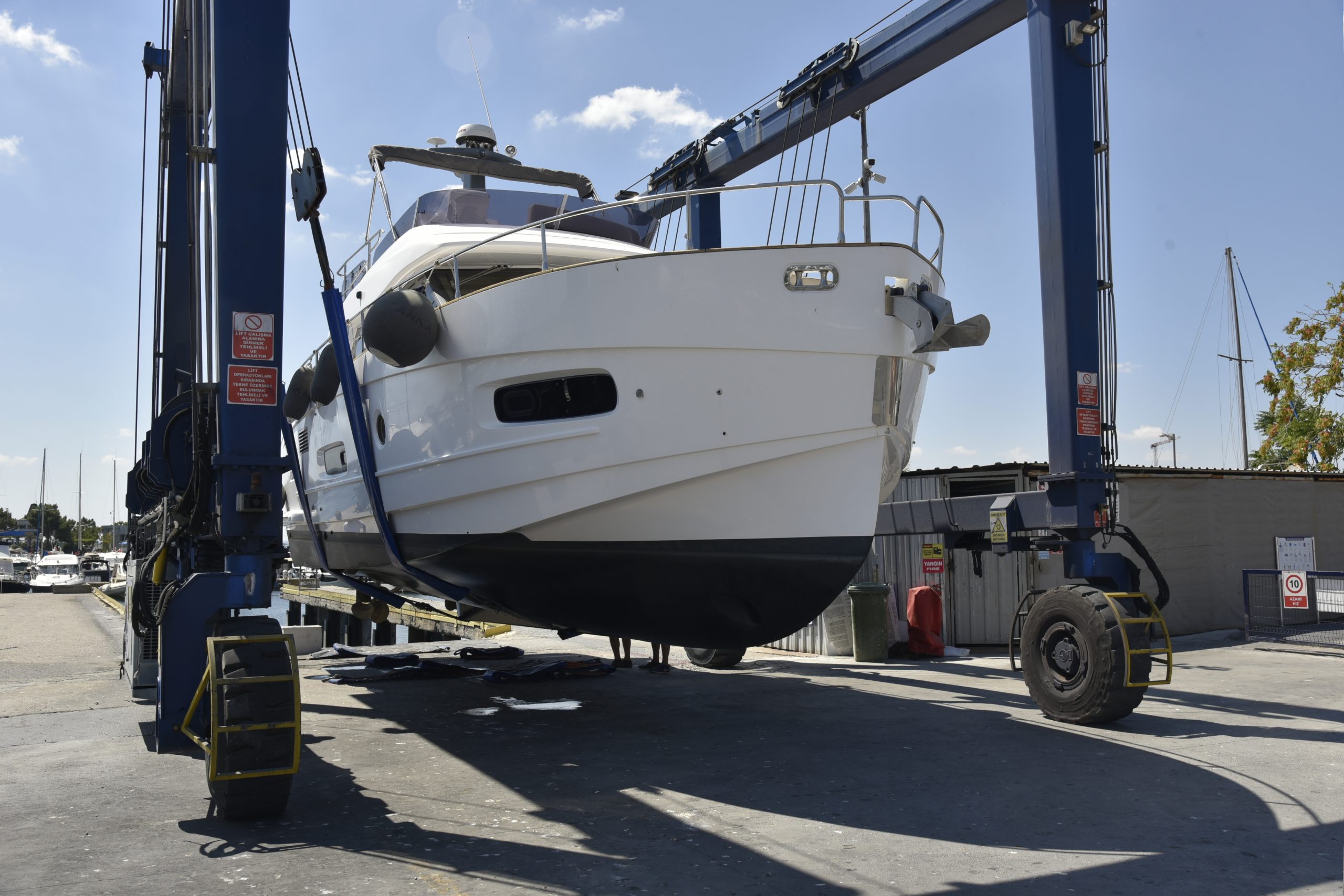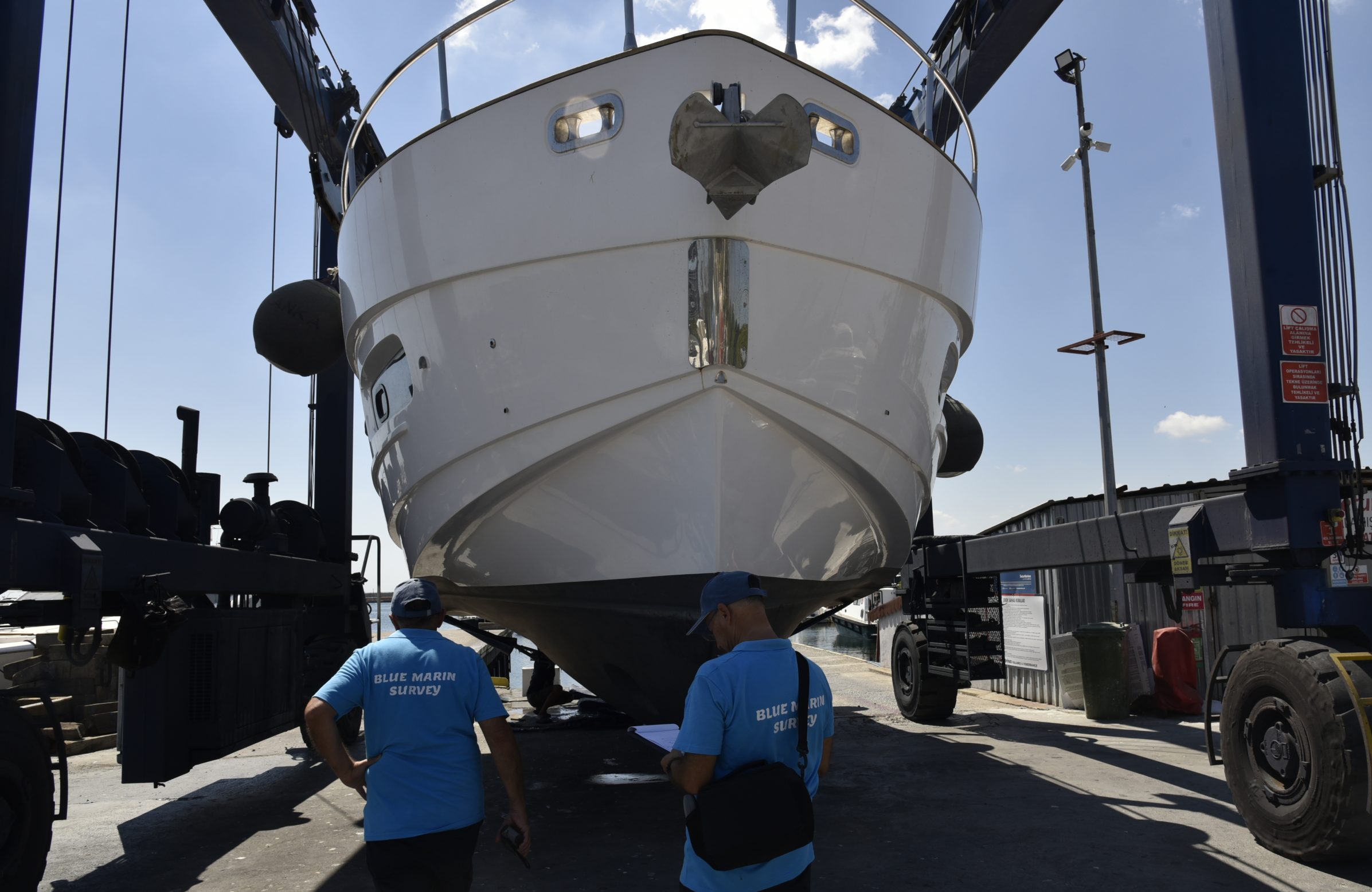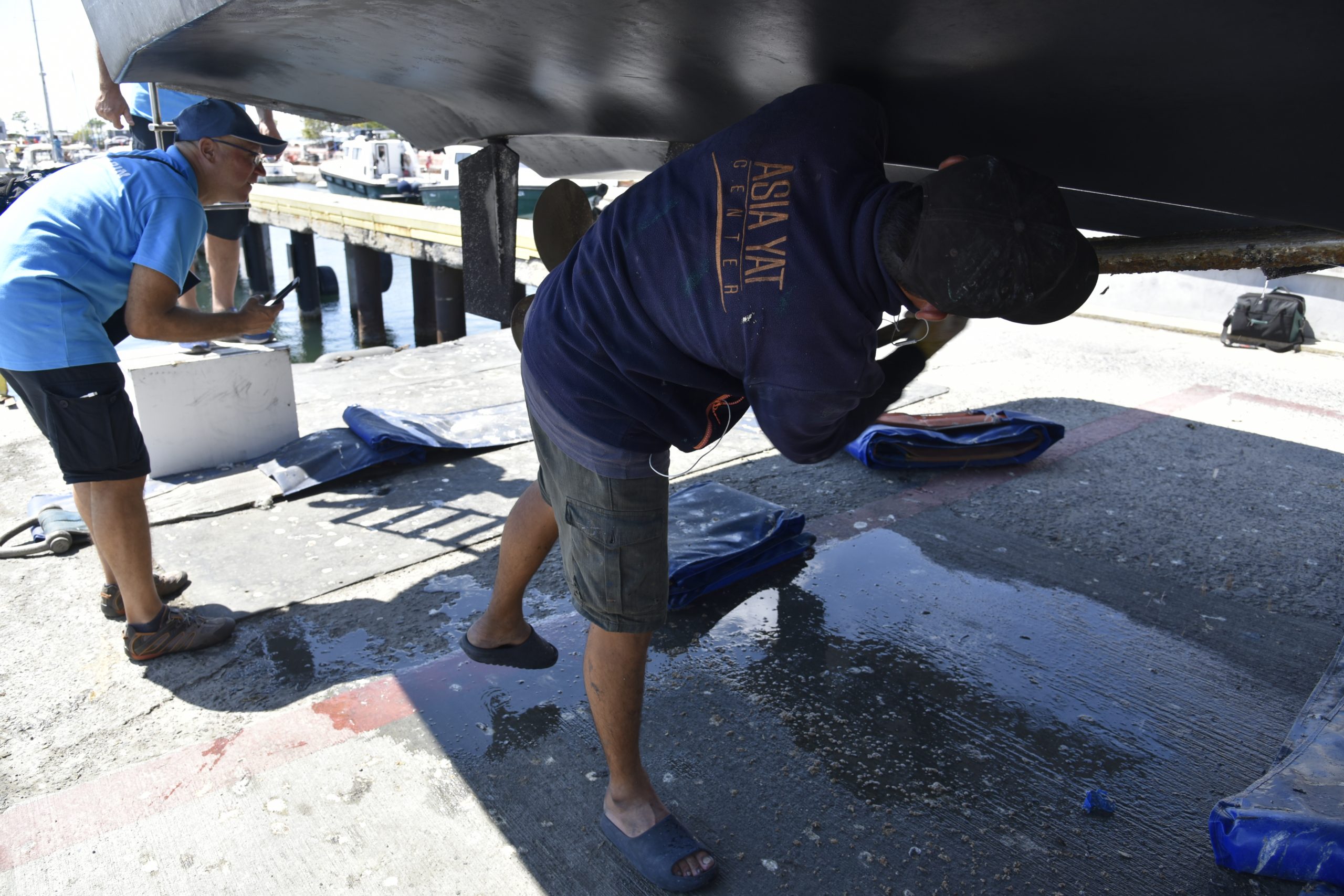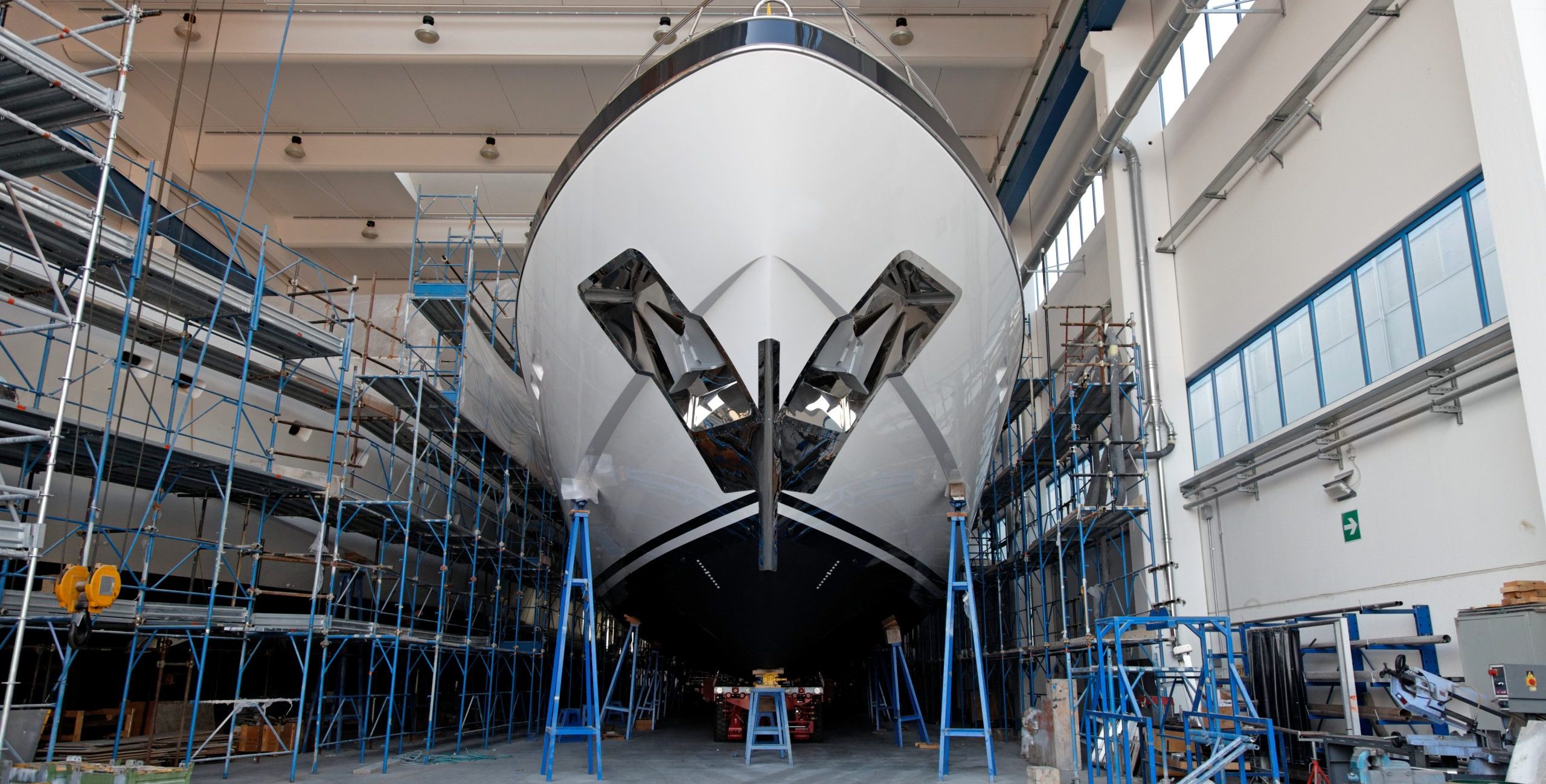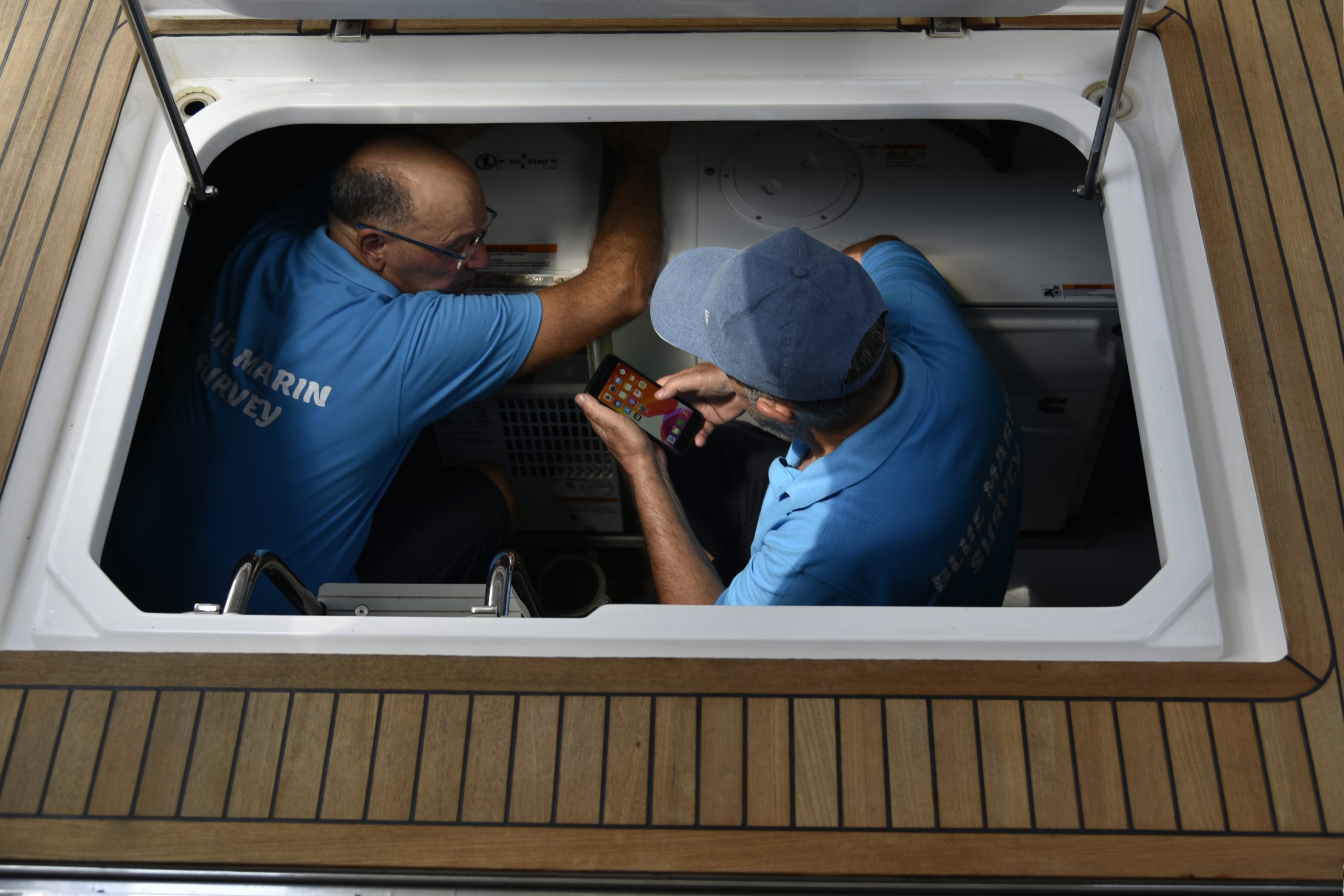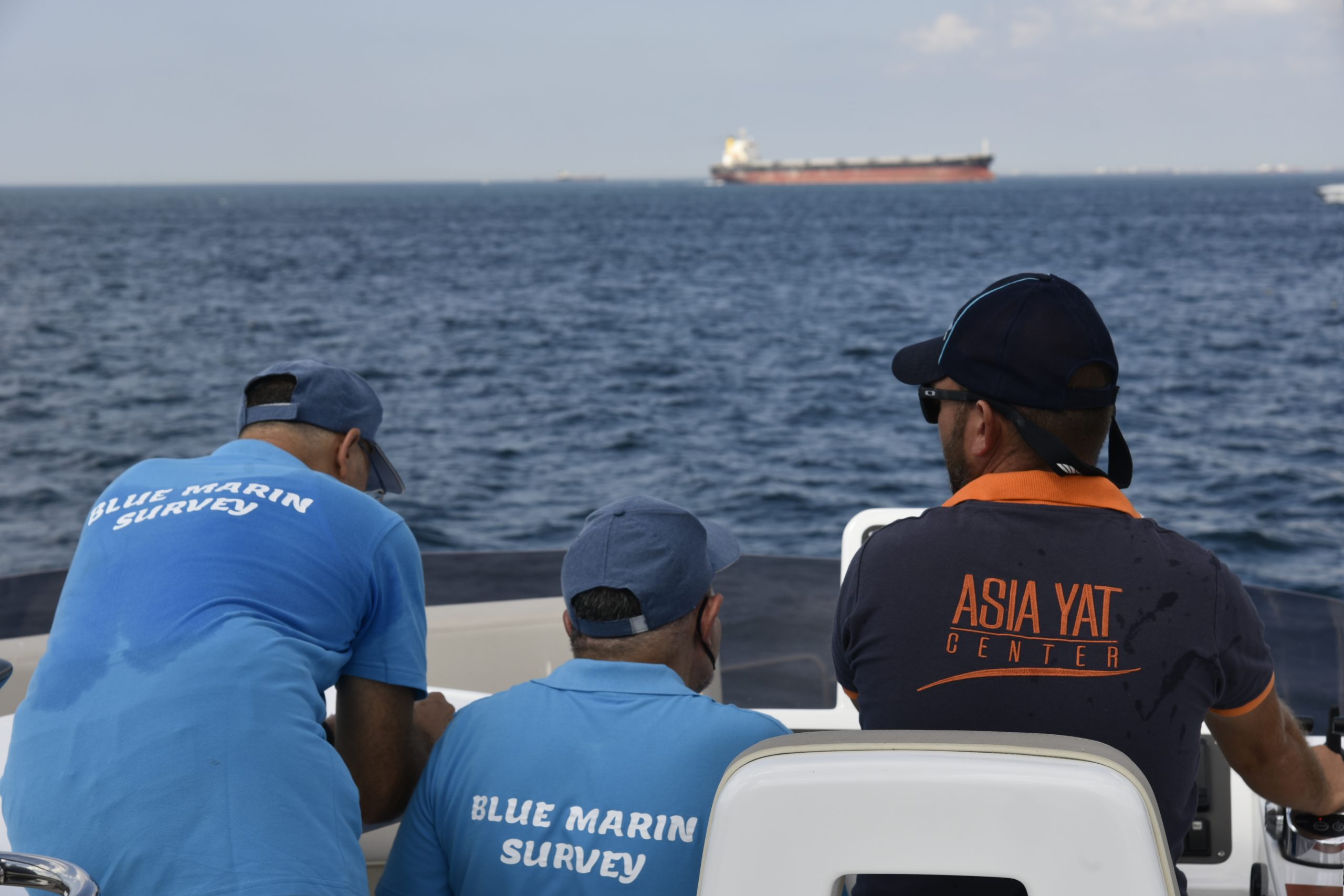Pre-Purchase Survey
Our aim within the scope of pre-purchase survey is to contribute to a sales transaction that will satisfy the interested parties by presenting the real conditions of the boats with evidence, on behalf of the buyer or seller.
Our principle in this process is to reflect all the evaluations that we can make and finalize to our customers in a transparent manner and as they are.
From the Buyer's Perspective
Although its appearance, aesthetics and paint are really important, other major technical problems especially come to the fore, along with the retrospective traceability of the boat in its life cycle, technical problems related to the hull and construction that cannot be detected visually, and the functional status of expensive main equipment.
In this way, in line with a competent report prepared by us, it is contributed to the buyer's decision to continue or abandon the purchase. When necessary, maintenance and repair suggestions regarding the detected issues are presented to the buyer in order of priority and and considering its urgency, if there are any.
The buyer is given the opportunity to negotiate over the current market value of the boat.
From the Seller's Perspective
The decision-making processes for sales or pre-sales maintenance are supported by reporting the issues that cannot be noticed during the use of the boat and that may cause potential problems, if any.
First of all, it helps the seller make the right pricing by revealing the real condition of their boat.
Survey Content
Measurement values, results and findings obtained from the following activities are reported in a way to include the visual evidence and suggestions for solutions to the identified problems.
- General inspection of the hull cladding, sheet thickness or moisture measurements depending on the hull material, controls for surface deformation, damage, repair traces and delamination if necessary.
- Shaft, shaft bearings, propeller and rudder controls and related measurements.
- Controls for the state of corrosion, anti-fouling and anodes.
- Inspection of all hull connections, sea chests and side exits.
- Physical control of thrusters, stabilizer, trim blades and sensors on the hull, if any.
- Control of the strength elements and the general structural control of the main hull and superstructure inside the hull along with the inspection for cracks at suspected stress points.
- General checks for the upper building, controls for the deck/hull module connections and operability and tightness checks for deck lining and drains, upper building plinths, stanchions, doors, hoods and portholes.
- General control of all places together with the equipment they belong to (including lighting, wet floor drains, bilges, furniture, sanitary ware, doors, cabinets, etc.).
- Within the scope of auxiliary systems; controls for diesel generators, their related circuits and bilge discharge, fresh water, biological waste (sewage), heating, ventilation, air conditioning, exhaust, hydraulic systems.
- Operational tests of all deck machinery including maneuvering capstans, winches, davits and cranes.
- Controls for the tender boat, pasarella and all the related mooring elements on the deck.
- Within the scope of security system/equipment control; checks for fire fighting equipment, life rafts, life jackets, etc. and the controls for the alarm systems with the ISM equipment.
- Within the scope of electrical systems; operational tests of the main distribution system, batteries, navigation lights, ship whistle, searchlight and entertainment system.
- Operational tests of communications equipment, including portable ones.
- Controls for the awnings, ropes and fenders.
- Contros for the sailing equipment, if any (visual checks for the fixed and movable equipment elements and inventory materials).
- Speed tests.
- Rudder tests.
- Maneuverability tests (rev circle, sudden stop, full traverse astern, zig-zag).
- Main engine, propeller systems and steering gear tests (including emergency operation).
- Functional tests of stabilizers, trim blades and thrusters, if any.
- Anchoring tests.
- Functional controls of navigational electronic devices (radar, compass, GPS).


